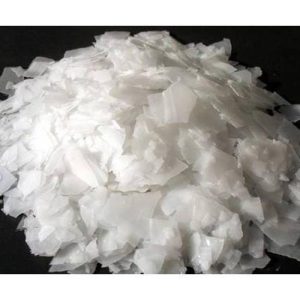Ammonia: A Vital Compound in Industrial and Agricultural Applications
Ammonia (NH3), a colorless gas with a distinct, pungent odor, plays a crucial role in various industrial and agricultural processes. Industries primarily use it in fertilizer production and as a building block for many chemicals.
Properties of Ammonia
- Chemical Formula: NH3
- Molecular Weight: 17.03 g/mol
- Boiling Point: -33.34°C (-28.01°F)
- Melting Point: -77.73°C (-107.91°F)
- Density: 0.73 kg/m³ (at 25°C)
- Solubility: Highly soluble in water, forming ammonium hydroxide (NH4OH)
- Odor: Strong, pungent
Applications of Ammonia
Fertilizer Production
Farmers rely on ammonia to produce nitrogen-based fertilizers like urea, ammonium nitrate, and ammonium sulfate. These fertilizers significantly boost agricultural productivity by providing nitrogen, an essential nutrient for plant growth.
Chemical Manufacturing
Industries use ammonia as a precursor to many chemicals, including nitric acid, hydrazine, and amines. It plays a role in producing plastics, explosives, dyes, and synthetic fibers.
Refrigeration
With its high latent heat of vaporization, serves as a refrigerant in industrial refrigeration systems, particularly in food processing plants.
Water Treatment
It helps produce chloramine, a disinfectant for water treatment, ensuring safe drinking water by reducing microbial contamination.
Textile and Leather Industry
In textiles, ammonia enhances fabric finishing processes to improve strength and luster. The leather industry uses ammonia to soften and prepare hides for tanning.
Pharmaceuticals
Contributes to the production of pharmaceuticals, such as amines and sulfa drugs, supporting the synthesis of various medications.
Safety and Handling
Ammonia is corrosive and can severely irritate the eyes, skin, and respiratory system. Proper handling requires using protective gear and ensuring adequate ventilation in workspaces. In case of leaks, ammonia’s strong odor provides an effective warning.
Environmental Impact
emissions contribute to air pollution and the eutrophication of water bodies, leading to ecological imbalances. Regulations limit emissions and promote cleaner production technologies.
Conclusion
Its versatility and effectiveness make it vital in industrial and agricultural sectors. While it offers numerous benefits, careful handling and adherence to safety protocols are essential to mitigate health and environmental risks. contact us




